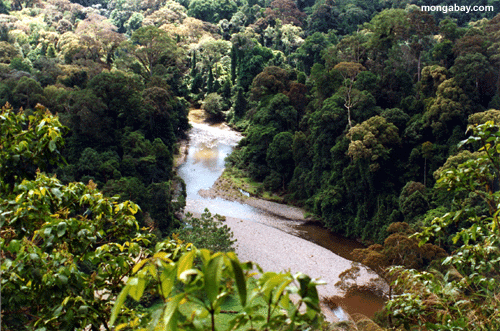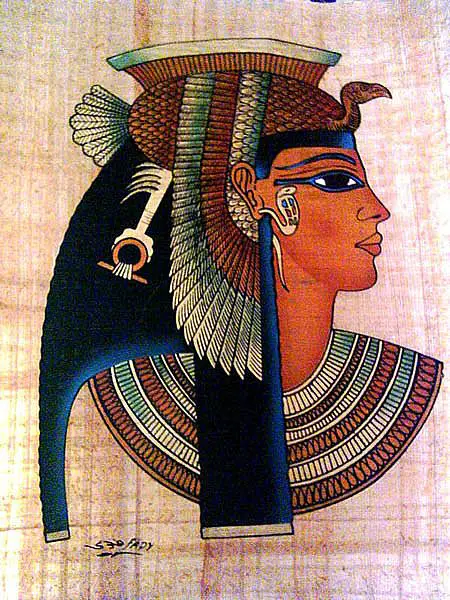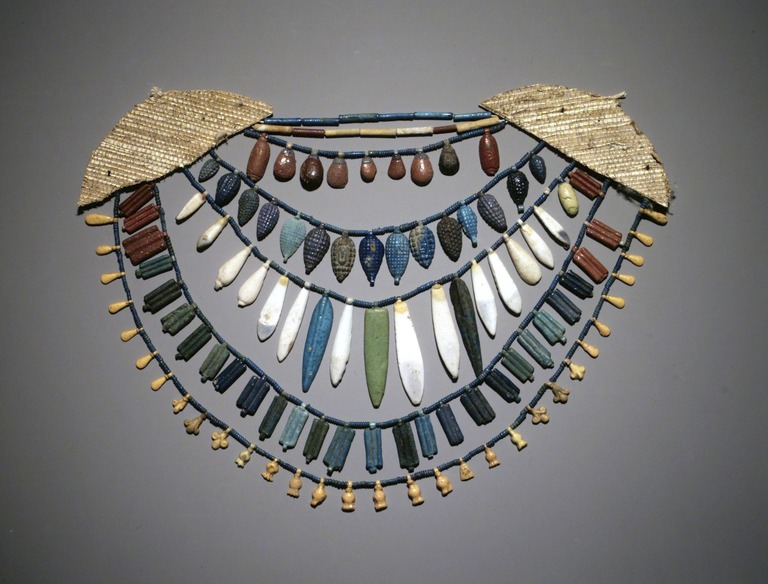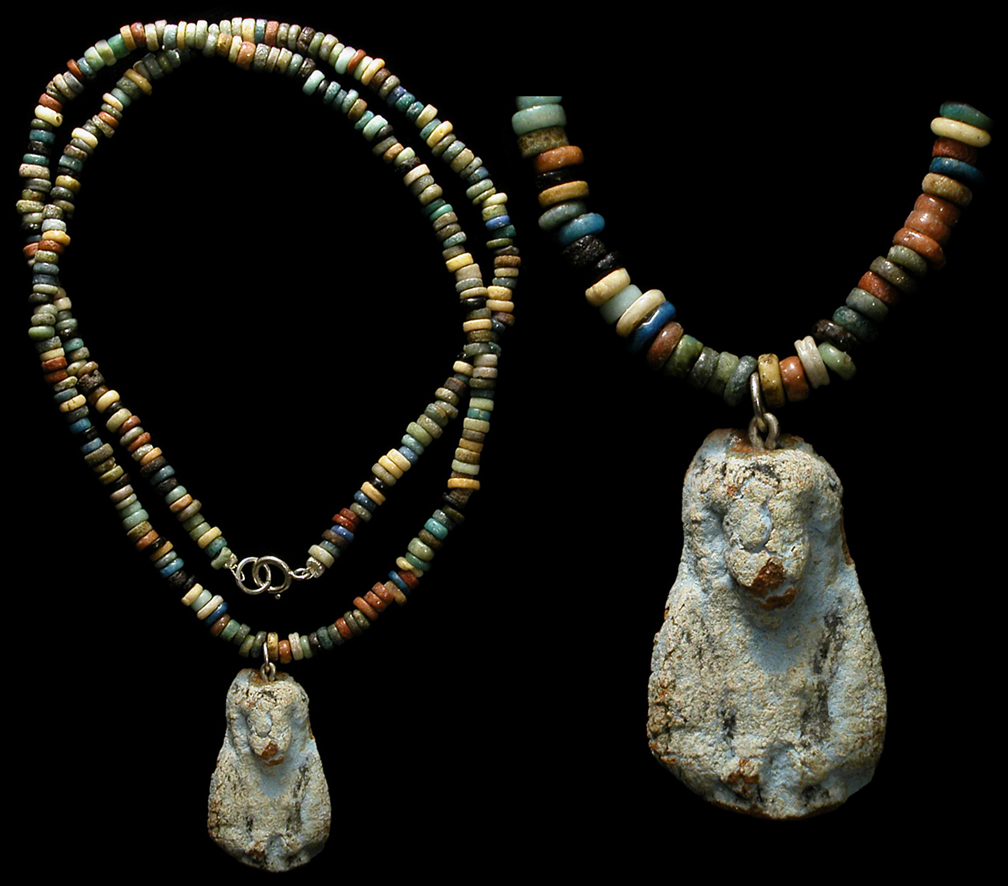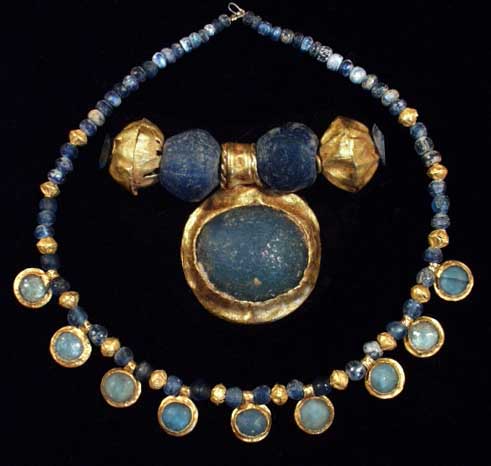Today's reading talks about two ways that sound effects are made for movies. Think about it. If your movie has a scene with a storm in it, can the actors and everyone just wait around for a storm to hit to film that scene? No! They might wait for days or weeks! So they film the scene, add some flashing lights for lightning, and then add sound effects to make it sound like a real storm.
Today movie-makers can use computers to add sound effects, but before computers they used everyday objects. This video shows what happens when kids are put in charge of the sound effects in some famous movies. The kids are using balloons, pots and pans, bags of chips, garbage can lids, a rolling pin, and tons of other crazy stuff to make movie sound effects. Check it out.
